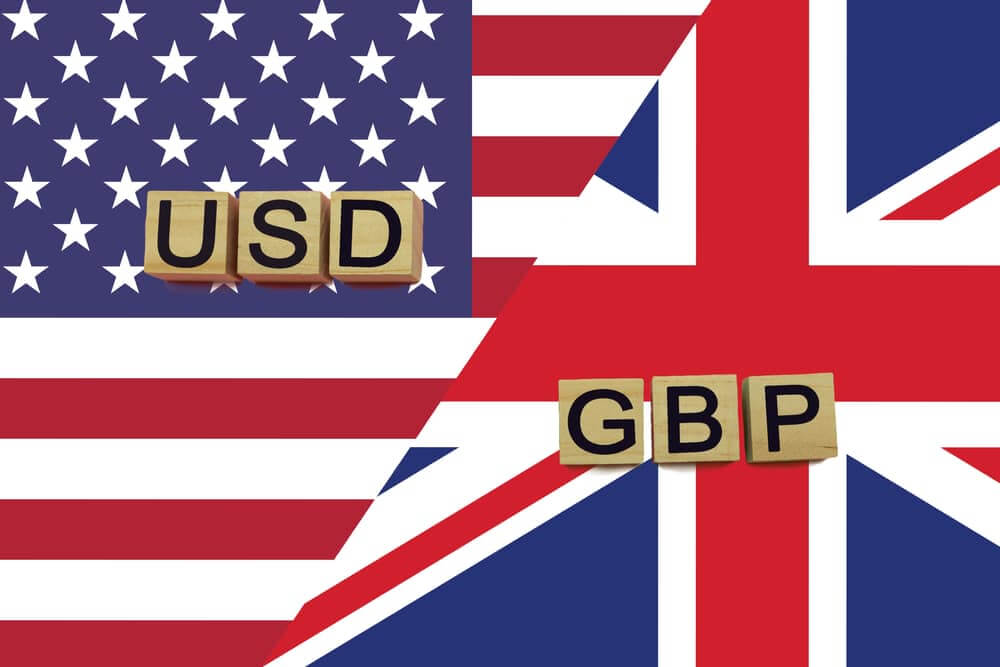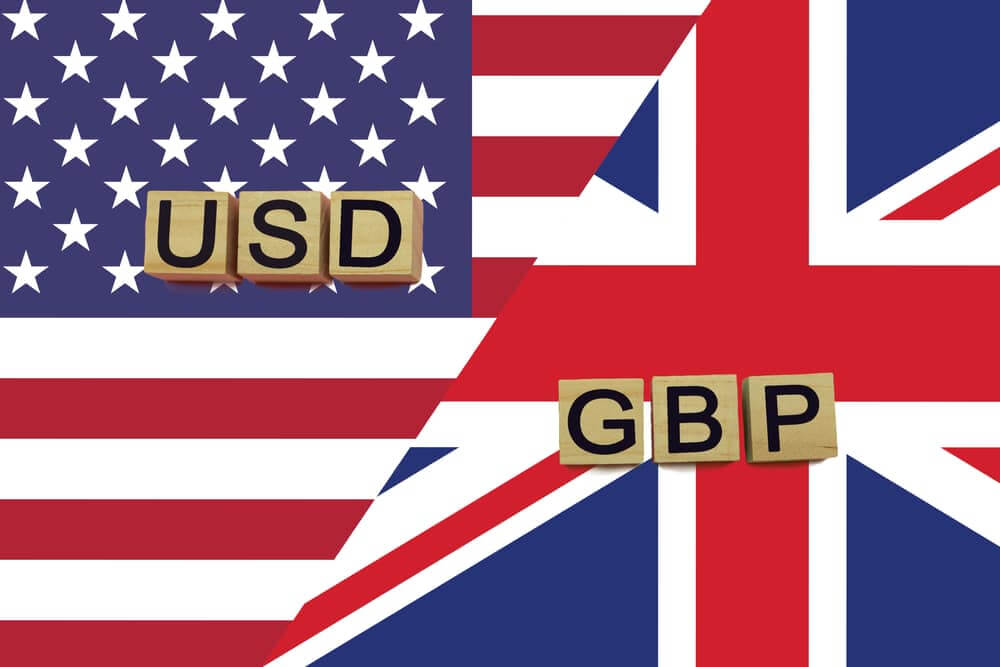
UK Economic Upswing Fails to Boost GBP/USD
Quick Look
- UK’s GDP in February rose by 0.1%, with Industrial Production up by 1.1%.
- Despite positive data, GBP/USD remained subdued, trading near 1,253.
- Expectations of a BoE interest rate cut may influence the Pound’s weak response.
- Goods Trade Balance improved, deficit narrowing to GBP-14.212 billion.
In the latest economic updates, the UK’s financial landscape presented a mixed but overall positive picture. Early on Friday, the Office for National Statistics (ONS) revealed that the UK’s Gross Domestic Product (GDP) for February edged up by 0.1% month-over-month. It aligned with forecasts and marked a slight slowdown from the 0.3% expansion seen in January. Additionally, Industrial Production for the same month outstripped market expectations. It registered a robust increase of 1.1% MoM, a significant rebound from the previous month’s 0.3% decline. This positive shift suggests a resilient industrial sector capable of recovering and expanding despite overarching economic uncertainties.
However, despite these favourable economic indicators, the GBP/USD currency pair remained defensive, trading near 1,253 during the early European trading session. The lacklustre response in the forex markets can be due to broader monetary policy expectations and global economic sentiments that overshadow national economic achievements.
GBP/USD: A Tightrope Walk Amid Policy Anticipation
The forex market’s response to positive UK economic data is tepid. This highlights the complex interplay between local economic performances and broader monetary expectations. Traders and investors are considering the upbeat data alongside the actions of major central banks. Particularly, they are focusing on the BoE and the US Federal Reserve (Fed). Market sentiment is currently influenced by expectations that the BoE might implement an interest rate cut sooner than the Fed. This anticipation dampens enthusiasm for the Pound despite strong national economic indicators.
Furthermore, the Goods Trade Balance data showed an improvement, with the deficit narrowing to GBP-14.212 billion in February from GBP-14.097 billion previously. This mark was better than the expected GBP-14.5 billion. Such data typically bolsters confidence in a nation’s economic health, yet the Pound’s movement suggests that currency traders may be prioritizing future interest rate differentials over current economic performances.
Technical Outlook and Future Implications
From a technical perspective, the GBP/USD pair is currently navigating a critical juncture. It’s testing the key support zone between $1.252 and $1.25. A breach below this threshold could signal a bearish phase for the Pound. A shift in monetary policy or global risk sentiments potentially triggers it. On the flip side, minor resistance is evident near the 200-day simple moving average (SMA) at $1.2582. The ability of the pair to break above this level could depend on upcoming economic data and central bank communications from both the UK and the US.
Investors and traders must stay vigilant, monitoring geopolitical developments and economic releases closely. The coming weeks are crucial for shaping the short-term trajectory of the GBP/USD pair, with significant implications for forex strategies and international trade dynamics. As the landscape evolves, the interplay between economic resilience and monetary policy will continue to be a focal point for market participants.


